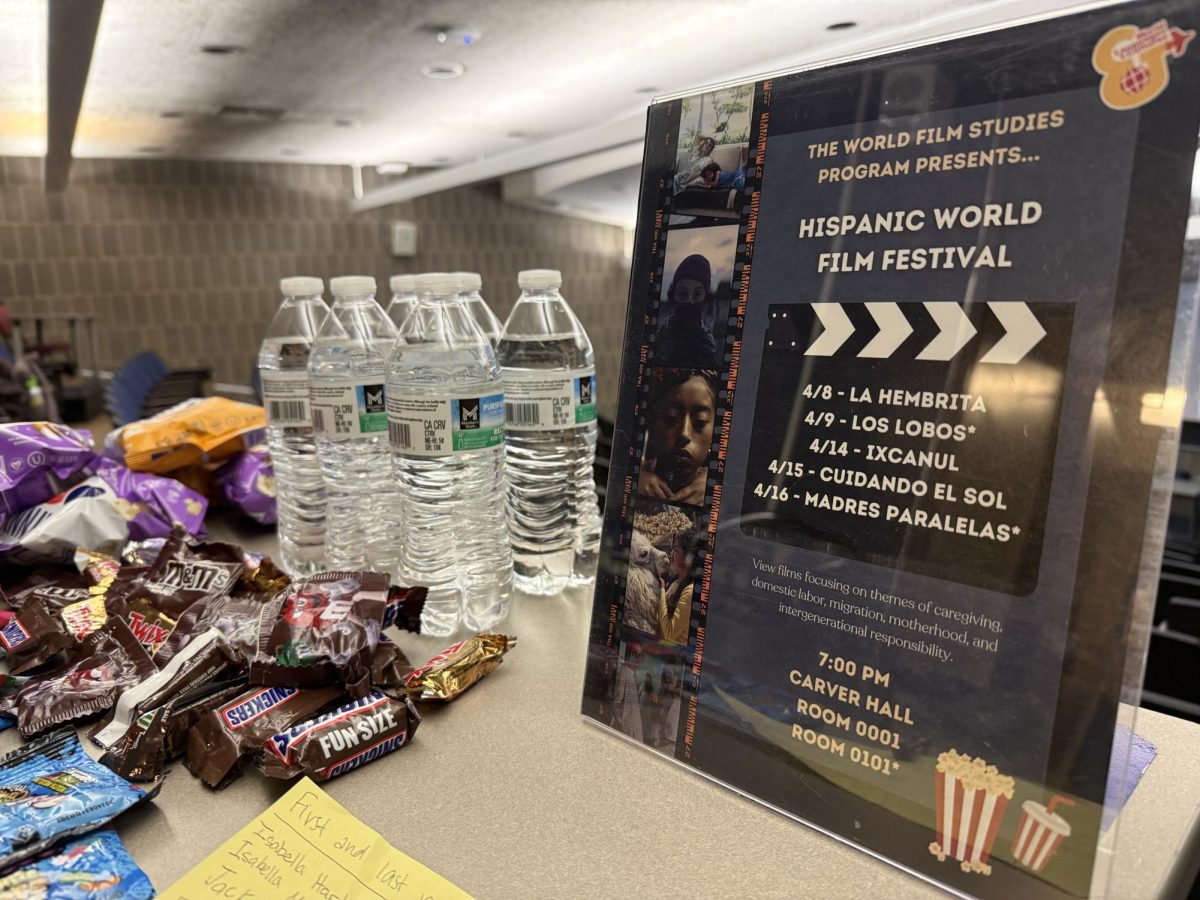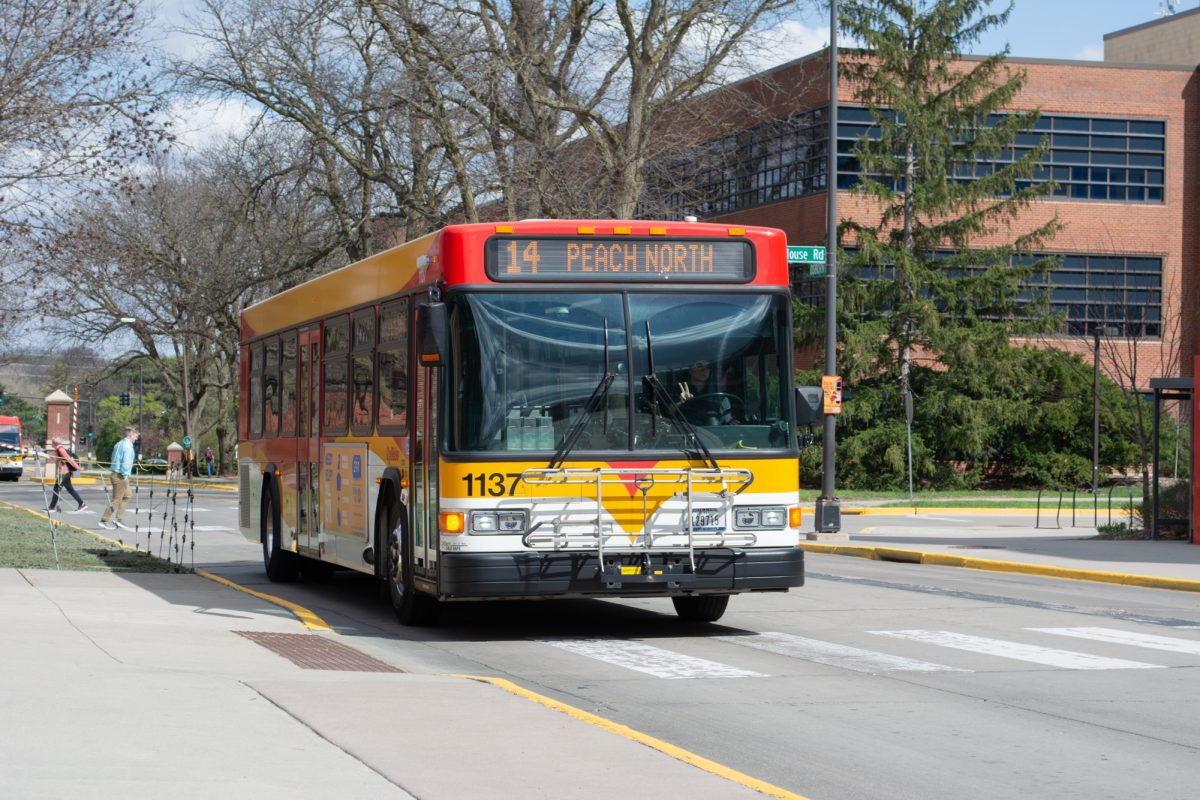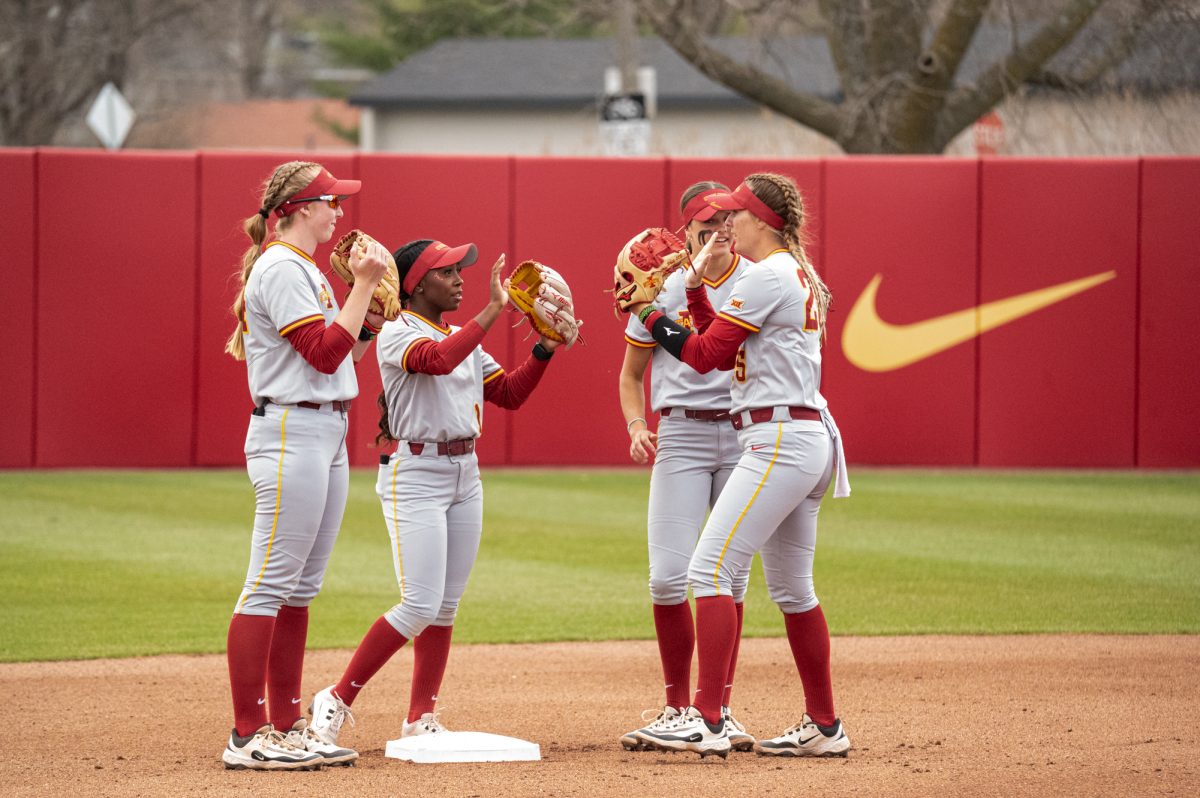Vieira: Greatest common factor
March 9, 2021
The other day on my way home from the gym, a Lana Del Rey song shuffled its way through the queue. The beat and instrumentals are soft and melodic, making it easy to drift away together with the lyrics. A line particularly resonated; it went as follows: “They say only the good die young.” So, I paused the song and reflected on these words for a few minutes; is that true? Do all of the greatest artists die young? Sadly, the answer came to me immediately: most of them, yes.
This anecdote serves to exemplify a reoccurring ‘trend’ in the music industry. The term “27 Club” first appeared around the ’70s, after Janis Joplin, Jimi Hendrix and Jim Morrison died at the age of 27. However, it was not until Kurt Cobain’s death in the ’90s that the term gained popularity.
This age became almost a rite of passage within the artist community — making it out of 27 alive is a goal now shared by many. Although this may be true, the 27 Club is lowering its age requirements for admission. It seems like the further away we move from when the term was first coined, the younger the artists get.
The pattern is especially noticeable once we start taking a closer look at the time period and the artist’s age. Between 1969 and 1971, quite a few musical legends fell victims to their addictions: Janis Joplin, Jimi Hendrix, Brian Jones, Jim Morrison and others. These musicians died at age 27, whereas, if we look at a few decades down the road, the circumstances are different. As we enter the ’90s, artists like Joel Rundell and River Phoenix also joined the 27 Club, but this time at 24 and 23 respectively.
The 21st century seems to have brought new music genres, iconic fashion trends and a shared heartache among young artists. In 2017, Lil Peep died at 21, and two years later, Juice WRLD leaves us at the same age. Controversially enough, the last artist foretold his own death in the song “Legends,” when he said: “What’s the 27 Club? […] We ain’t making it past 21.”
What all these deaths have in common is their cause: drug overdose.
Music and ‘drug culture’ go hand in hand, but there are two sides of the spectrum. Some bands used drugs for creativity purposes, like The Beatles. They are known for having experimented with LSD to create an alternative album. On the other hand, we have musicians who used drugs as a coping mechanism to help them deal with performance anxiety, hectic schedules or personal insecurities. In these cases, the coping mechanism is worse than the problem itself.
So, since music truly is the artist’s creative outlet, what happens in his life will be reflected in the lyrics. Fame does not take away sadness, sometimes, it worsens it. It forces the artist to fully understand the saying “money does not buy happiness.” Have you noticed that most artists overdose or commit suicide at the apex of their career? Or when they finally make a name for themselves? Once a musician becomes notorious, absolute pressure emerges from agents, fans, managers, even family sometimes! As rapper G-Eazy puts it: “They want me to Architect Rome in a day.”
Ultimately, what allows this drug culture to thrive is the facilitated access to said drugs. With the rise of the internet and smartphones, your next drug purchase can be a click or phone call away. Transactions are much more casual now; it no longer involves a sketchy, dark alleyway and a hooded figure. Not to mention, drugs are cheaper and more potent than ever, requiring smaller doses to overdose. The introduction of certain drugs, like fentanyl, in the street have been marked detrimental (to say the least).
The drug industry exploits vulnerabilities and profits from artists, making them perfect targets. There is a particular lifestyle an artist ‘should’ abide by; drug use is even encouraged in some cases. It is easy to rely on a ‘two wrongs make a right’ thought process, “If he does it, I can do it too; he is fine, I will be fine too.” We do not think anything bad is going to happen to us…until it does.







